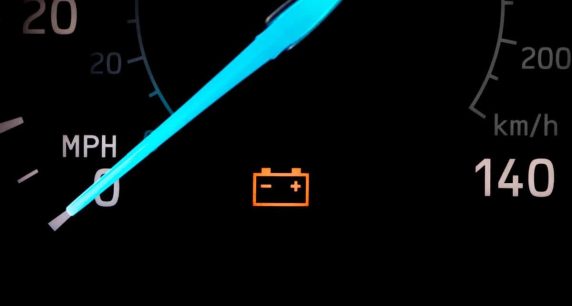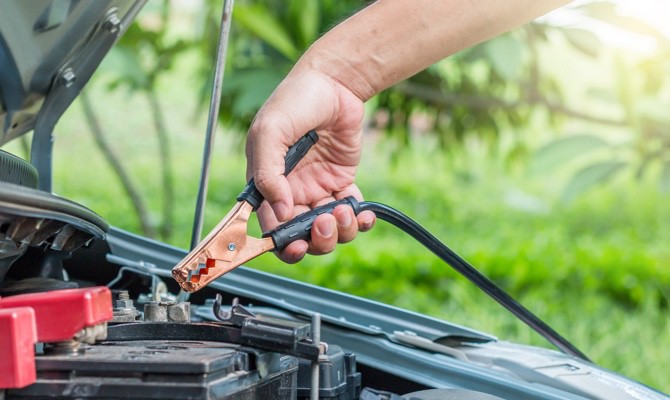Charging System Failure – Meaning & Causes

If you’re seeing a charging system failure message on your car’s dashboard, don’t panic! Here’s what it means and how to fix it.

Your car’s charging system ensures that there’s always enough power for the engine and accessories to run. If the car isn’t fully charged or it can’t retain an appropriate charge, you might see the Charging System Failure message.
In this blog, we discuss the various components that make up the charging system.
What does the Charging System Failure Message Mean?
The charging system failure warning message means that there is an issue with your car’s charging system and that your alternator may have stopped charging the battery. It can be caused by faulty vital components, such as the battery, alternator, voltage regulator or connectors.
If your car is not charging the electrical system, your car engine will eventually shut down, and you will be stranded down the road. Therefore, it is important to take this message seriously.
Charging System Failure Causes
The most common cause of a charging system failure is a bad alternator or a bad voltage regulator inside the alternator. It could also be due to a broken serpentine belt or something simple like a blown fuse.
Here is a more detailed list of the possible causes of a charging system failure:
- Bad Alternator
The alternator is responsible for keeping the battery charged and the accessories running. If the alternator fails, there will be no way for the battery to charge while the car is running.
Additionally, the voltage regulator could go bad. The voltage regulator is often located on or inside the alternator, but it some cases, it’s better and easier to replace the whole alternator instead. If this happens, the alternator won’t be able to supply the right amount of voltage to the battery.
- Broken Serpentine Belt
The serpentine belt runs the alternator. Even if the alternator is in good working order, if the serpentine belt fails, it can’t run. Without a running alternator, the battery cannot charge. You might think the battery has died when in fact, the belt just needs to be replaced so the battery can be charged once again.
- Blown Fuse
Everything in the vehicle that’s running requires electrical power. This power is routed through a system of wires and fuses. Just like in your home, a fuse can blow at any time. Thankfully, it’s not that difficult to change a blown fuse and get the battery charging once again. Check your owner’s manual and look for fuses related to the alternator or charging system.
- Bad Wirings
Aside from the fuse, any one of the connectors or wires could be damaged. It’s also possible that the connections are simply contaminated and need to be cleaned. The biggest issue with finding what needs to be repaired is hunting down the fault. If you aren’t skilled at working with the electrical system, this diagnosis could be cumbersome.
- Bad Battery
There’s always the possibility that the battery is causing the issues. If the battery is old or worn out, it’s time for a new one. You can tell when the battery is dying because the headlights will also become dim. The accessories might not work normally either.
- Bad ECM
The engine control module controls the alternator in many car models, if there is a problem with the ECM, it can cause the alternator to not charge properly. However, it’s pretty rare for the ECM to go bad so it’s definitely a good idea to check the other things first.



